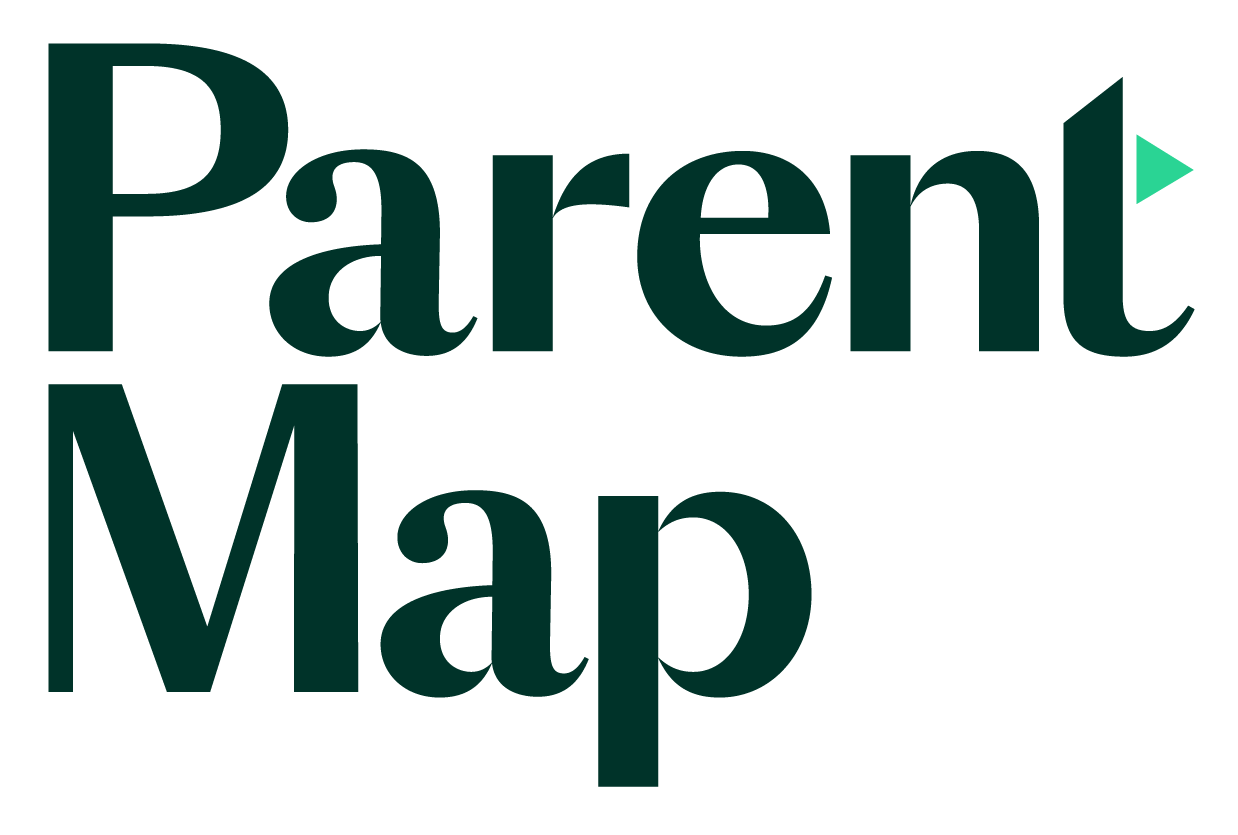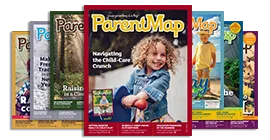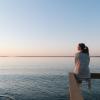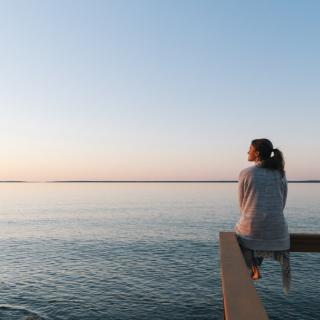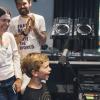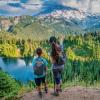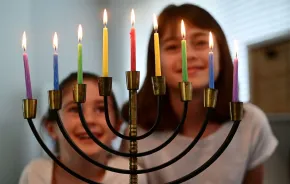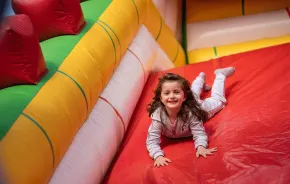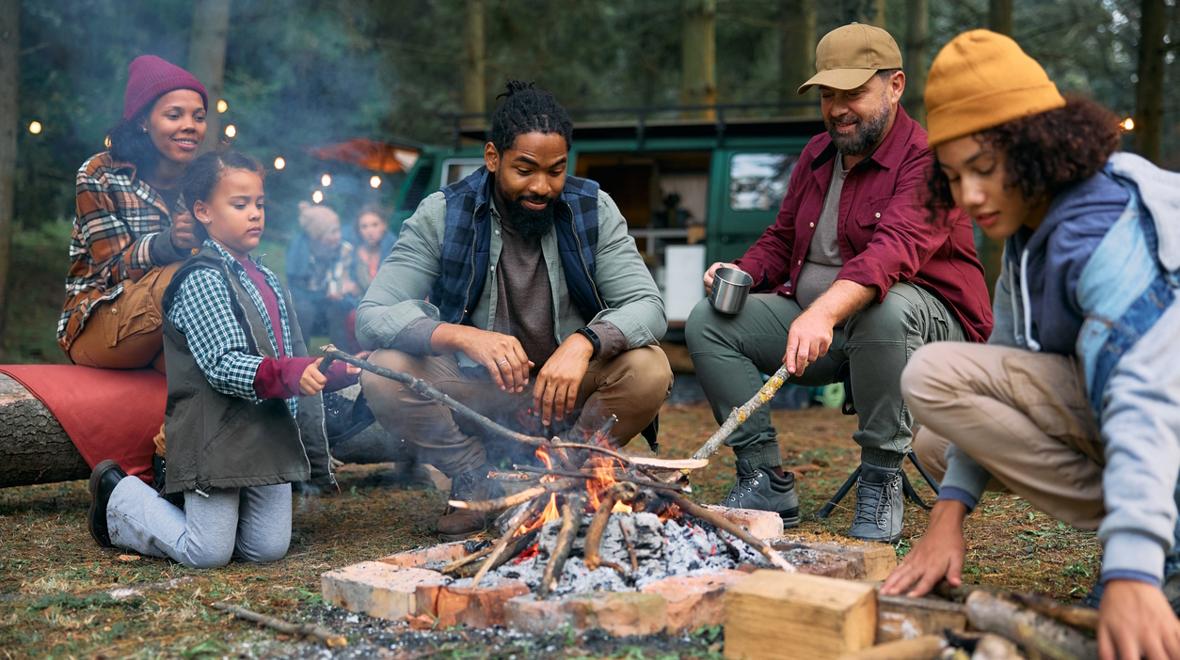
Photo:
iStock
Car camping with young kids can be a magical mix of adventure, dirt, giggles and the occasional meltdown. But having the right gear can make all the difference. Over the years I’ve learned (sometimes the hard way) what’s worth packing and what can stay home.
Whether you’re heading out for your first family camping trip or just want to make your setup smoother, here’s my list of car camping essentials that’ll help keep everyone safe, comfy and happy under the stars.
For the campsite
- Cash: If you did not pay in advance for your campsite via credit card, you’ll need cash to pay at the site — be sure to have some ones.
- Quarters, for those restorative coin-operated showers!
- Tent with rainfly: Don’t scrimp on this — borrow or rent a good one when starting out
- Sleeping bags and pads (“character” overnight bags don’t cut it)
- Pillows (bring ‘em — you’ve got the room)
- Camp chairs (one for everybody)
- Lantern (with kids, stick to LED lights rather than propane-fueled)
- Tarp(s) to use as a ground cloth in front of the tent, to create shade and repel rain
- Clothesline/clothes pins (to hang wet towels and clothing)
- Small broom (to sweep out the tent)
- Firewood (collecting firewood is prohibited in most campgrounds; check to see if a burn ban is in effect)
- Newspaper (for fire starting)
- Duct tape (believe me, you’ll find a use for it)
- Carabiners (to attach things)
- Scissors (that can cut rope and duct tape)
- First-aid kit (make sure you have kid-friendly doses of contents)
- Flashlights and/or headlamps (useful and fun for kids to play with)
- Toilet paper (bring a roll, just in case)
For your outdoor kitchen
- Camp stove (2-burner propane with extra tank)
- Fire lighter (I like the long, lighter-type)
- Large ice chest (tip: freeze water in empty 2-quart juice jugs in advance to use as “ice” — no mess when they melt, and you can use the water if needed)
- 5-gallon water container (if your campsite has water, you can fill it there)
- Plastic table cloth
- 1–2 gallons of drinking water (always tastes better than campground water)
- Pots/pans (depending on what you plan to cook) and cooking utensils
- Coffee pot (Melitta’s cone-drip system works great right on your cup. Or head to Trader Joe’s and pick up a pack of instant coffee for less than $3)
- Plastic and/or paper plates and bowls (depending on the availability of water for clean-up)
- Cutlery (metal or plastic)
- Plastic cups and insulated mugs
- Marshmallow toasting sticks (not always available at the campground)
- Paper towels (lots)
- Aluminum foil
- Trash bags (kitchen size is great, trashcan size is good to keep things dry if needed)
- Assortment of Ziploc bags
Clothes and accessories
In addition to the clothes you might want to wear, be sure to bring these essentials:
- Rain gear (waterproof jacket at least, rain pants are also great for repelling mosquitoes)
- Wool or nylon socks (stay away from cotton)
- Fleece (jacket and pants if you’ve got ‘em)
- Warm hat and gloves (even in summer, depending on where you go)
- Brimmed hat and sunglasses
- Bathing suit (if swimming is a viable option)
- Water shoes (if camping near water)
- Sturdy shoes (hiking shoes or other lace-ups are best)
- Flip flops (essential for public showers to avoid picking up athlete’s foot)
- Jammies (unless you like sleeping in your clothes)
- Toiletries (toothbrush/paste, hairbrush, soap, etc.)
- Necessary medications (be sure to bring a few days extra, just in case; also a great idea to bring a fever reducer/pain reliever)
Nice-to-have extras
- Small backpack (for hikes and outings)
- Field guides (for whatever you’re interested in)*
- Binoculars (they don’t have to be expensive)
- Area maps (of the trails and/or locale)*
- Mosquito repellent (anything with DEET works best, but can be hard on kids)
- Refillable water bottles
- Whistle (to call for help)
- Compass (know how to use it)
*You can get these at the area ranger station, or outdoor stores like REI, and sometimes at the “general store” in towns near the campgrounds.
Editor's note: This article was first published several years ago and was updated most recently on April 17, 2025 by ParentMap's associate editor, Kari Hanson. All information was fact-checked and a few new products and ideas were added. Andrea Leigh Ptak contributed to this article.
This article contains affiliate links. If you purchase products through links on our site, ParentMap may earn an affiliate commission.
